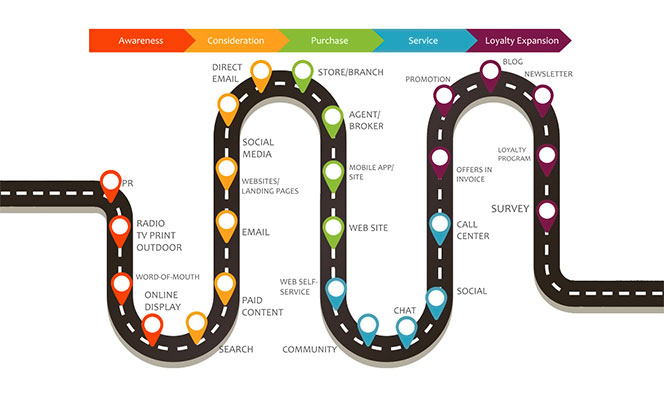Customer service is an important aspect of customer journey, for businesses of all sizes and industries — and it has become one of the top priorities for executives. Customer service is all about “experience”, and bad experience or customer frustration will lead to churn.
Organizations across the globe are thriving to improve customer experience (CX), while keeping operational costs low. Better CX will result in improved customer satisfaction, loyalty and advocacy.
According to a recent Gartner survey, the top three emerging technologies that are expected to have the biggest impact on CX projects in the next three years include artificial intelligence (53%), virtual customer assistants and chatbots (39%) and omnichannel engagement solutions (37%). Source.
Chatbots & voice-bots are changing the way customers interact with brands & businesses. More than ever customers are attempting to self-serve before they pick up the phone.
For most organizations chatbots are medium-high priority initiatives today, but they are excepted to grow in priority in the near future.
Top 3 reasons to consider AI-powered bots for customer service
Improve Customer Experience
AI-powered chatbots can drastically reduce customer wait time by providing instant answers to most common questions, 24/7. Bots can be designed with persona, emotion and tone — delivering rich conversational experience through chat and voice apps & devices.
In a practical world, bot is still software! Not all questions can be answered by a bot. Customers can easily get frustrated when a bot doesn’t understand the question or cant provide the right answers. Bots can be designed to hand over such conversations to humans in real-time without creating a negative experience.
According to a Gartner survey, 82% of the B2B and 76% of the B2C respondents anticipated that in two years their company would be competing on CX.
According to Esteban Kolsky’s survey, 67% of customers mention bad experiences as a reason for churn, but only 1 out of 26 unhappy customers complain.
Reduce Operational Cost
Chatbots act on behalf of live agents delivering information or performing tasks for customers; thus freeing up time for agents, and enabling them to focus on things that matter. This results in reducing operational costs & human work load.
Growth in volume of questions doesn’t translate to increase in cost. More importantly, chatbots can be made available 24/7 without any additional cost.
According to a survey by Juniper, Chatbots will deliver $8 billion in Cost savings by 2022.
Efficiency & Scale
Chatbots can scale from a single user to hundreds of thousands of users with no major development effort. It’s also easy to scale bots across applications, devices, regions and languages. A well designed chatbot uses NPL and machine learning algorithms to re-train the bot based on user questions. You can effortlessly scale the bot based on your growing business needs.
Key success criteria for building a successful customer service chatbot
Bot is emerging technology — most companies are starting with the ideation phase figuring out the best approach to building scaleable bots.
Here are the key success criteria:
Purpose & Expectation
There are many reasons why customers can reach out to customer service teams, bots cannot be built to solve all the problems. It’s still “software”, and it’s only as good as its code.
A well defined “Purpose” is a good starting point for a successful bot.
With all the hype around bots it’s common for users to expect a lot more than what the bot is designed for. It’s important to set the right expectation about what the bot can do and when customers should talk to a human.
Content
Bots rely on training data to understand user’s intent. It’s a good practice to create at least 15–20 unique expressions (or utterances) for each intent. Training data will be used by NLP module to map user’s message to an intent.
Channels & Conversation Flow
Customers can reach customer service through multiple channels like phone, website, Facebook messenger, WhatsApp, text and more. Some of the channels are not managed or owned by the business, but it’s still extremely important to deliver seamless experience. One single bot can be published to multiple internal & external channels delivering seamless experience.
Well-defined conversation flow helps in enhancing customer experience and increasing adoption rate.
Monitor & Supervision
There will always be questions that the bot fails to answer due to a variety for reasons. It’s important to setup a process to monitor and manually train the bot, this will help in improving training data, which results in higher response confidence levels.
Prepare to Fail
Every customer will have a different understanding of bot, and their experience levels will vary. Expect questions that are out-of-scope. And — be prepared to deal with them! Design good fall back responses to manage out-of-scope conversations & negative sentiment.
Summary
Businesses are competing on customer experience to drive brand loyalty. In customer service, technology matters. AI-powered chatbots deliver low-effort experience that improve customer satisfaction rates, while keeping the operational & maintenance costs in control.



